June 16, 2025 | 00:53 GMT +7
June 16, 2025 | 00:53 GMT +7
Hotline: 0913.378.918
June 16, 2025 | 00:53 GMT +7
Hotline: 0913.378.918
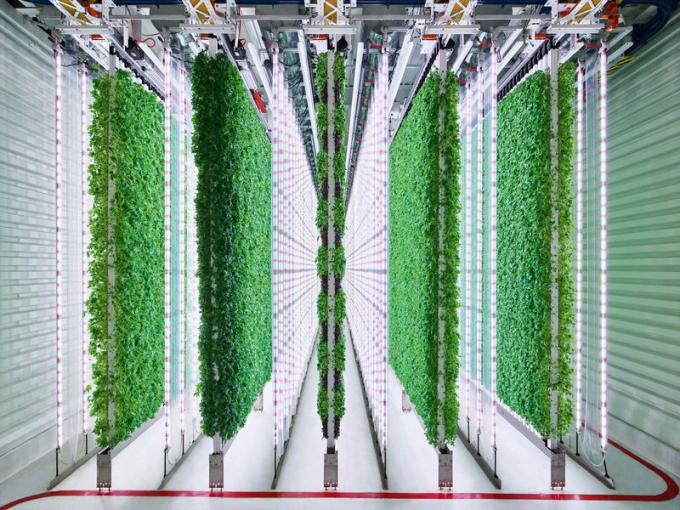
At Plenty, the grow room which has hygienic rules as strict as a hospital. Photo: Spencer Lowell
Kale might be a fixture on restaurant menus and with nutritionists, but vertical farmers aren’t convinced of its infallibility. Among their descriptions are that it’s “bitter,” “difficult to work with,” and “tastes like leather.”
That hasn’t stopped them from trying to tame it. Investors are plowing money into vertical farms, betting they can produce more palatable greens and attract a wider audience. In 2020, there were 99 deals in “novel farming systems,” the broader category of controlled environmental agriculture that also includes high-tech greenhouses and aquaponics, worth $1.3 billion according to AgFunder Inc., an agricultural venture capital firm. Startups in the space raised $26.1 billion in 2020, a 15.5% increase from the previous year. The market value of vertical farms is predicted to reach $15.7 billion in 2025. That lower forecast might give investors pause, but vertical farm operators think what they need is time.
While these farms spend years constructing tech-heavy indoor growing facilities that range from 50,000 to 100,000 square feet (about two football fields) in the quest to perfect delicate baby kale, they rack up bills and prolong profitable balance sheets. With all the money flowing in, the question remains, will these farms be the agricultural equivalent of a DoorDash success or a WeWork fiasco?
Vertical farms grow fresh food indoors usually in stacked trays or vertical planters. They’re focused on efficiency—growing crops more quickly than conventional methods—employing technology such as robots, sensors, and LEDs as a sun replacement, with algorithms to optimize lighting and growing conditions. Instead of inexpensive field hands, the farms require costly energy and costlier engineers.
The upside, according to owners, is pesticide-free produce, cleaner water, and proximity to customers. A vertical farm in Kentucky can deliver fresh food to locals faster than a soil-based one in California, where much of the country’s leafy greens are grown.
Eventually, vertical farm founders dream that their mega-operations will spawn locations across the country with the ideal combination of science, crops, and technology to vault them to profitability. In reality, most operators have one indoor location, with a second under construction.
Consumer demand for fresh produce continues to grow, fueled in part by the pandemic. In the first half of 2021, sales increased by 1.2% over the preceding year, about $438 million in growth, according to the Produce Marketing Association. Investors are drawn to vertical farming methods with an eye toward exponential technologies—that is, once a farm is successful, they can more easily build more—as well as a stated desire for more sustainable agriculture.
I learned about the kale issues firsthand while researching my book, Technically Food: Inside Silicon Valley’s Mission to Change What We Eat. If vertical farms succeed, we’ll eat new versions of familiar produce; more consistently fresh spring mix will be grown indoors all year long, more delicate kale, and less peppery arugula. The kale I tasted in my book research was baby-size, but missing texture and fiber. The arugula lacked a flavorful punch. What I came to realize is that this was no longer comparing apples to apples. What I eat from a soil-based farm and vertical farm are two different things. In terms of flavor and texture, I’m sticking with the conventional version, at least for now.

A robot in action at Plenty. Photo: Spencer Lowell
Rob Dongoski, food and agribusiness leader at Ernst & Young LLP, sees clear signs of migration to high-tech farming. “Between the efficiency in indoor farms and consumers having a desire for fresh food, you have a perfect storm,” he says.
To date, these farms have mostly produced gourmet salad fixings such as microgreens and mustard greens, sold in plastic tubs in grocery stores that cost $1 to $2 more than the soil version. They’re quick to grow and can be maximized in small spaces. Still, “no one is profitable at operational scale,” says Henry Gordon-Smith, the founder of Agritecture, a Brooklyn-based farm-tech consulting firm, because the farms have yet to produce enough—and wealthy customers only buy so much lettuce.
Despite the short list of crops and lack of profits, indoor farms have proved popular with investors. Using special purpose acquisition companies, also known as blank-check companies, private businesses go public by joining with a public company, selling shares on the stock market, and bypassing the lengthy IPO process. This deal route has become so popular that the 2020 value of SPAC deals jumped 400% over the prior year says Dealogic, a financial markets consulting firm with the technology sector driving the lions share.
Founded in 2004, New Jersey-based AeroFarms LLC is one of the best known vertical farms, though has it yet to turn a profit. Co-founder Marc Oshima says it won’t be profitable until a $53 million location in Danville, Va., is completed in the second quarter of 2022. Yet in March, AeroFarms announced a merger with Spring Valley Acquisition Corp. in a deal that could bring in about $357 million, plus a $1.2 billion valuation. The company is set to go public under the Nasdaq ticker ARFM after a special meeting of Spring Valley stockholders on Aug. 20.
AeroFarms Chief Executive Officer David Rosenberg says the money raised will go toward building 16 vertical farms across North America over the next five years. Gordon-Smith call the SPAC deal “a bit of a Hail Mary,” adding: “It extends the runway for how long startups can be unsuccessful.”
(Bloomberg)
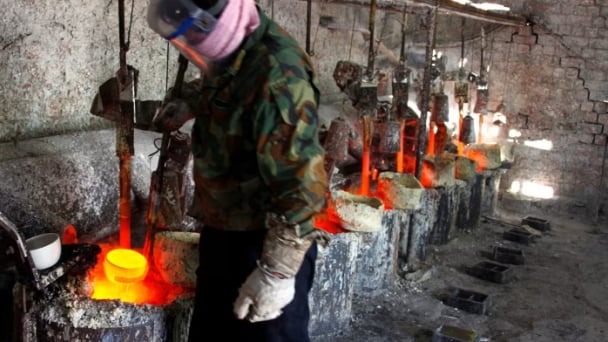
(VAN) Extensive licensing requirements raise concerns about intellectual property theft.
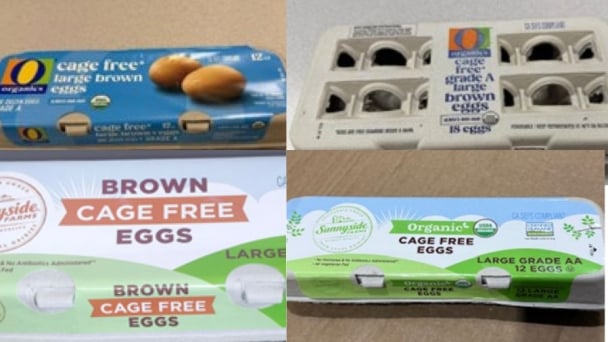
(VAN) As of Friday, a salmonella outbreak linked to a California egg producer had sickened at least 79 people. Of the infected people, 21 hospitalizations were reported, U.S. health officials said.
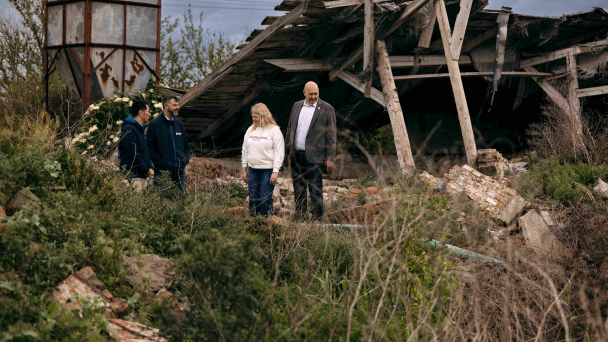
(VAN) With the war ongoing, many Ukrainian farmers and rural farming families face limited access to their land due to mines and lack the financial resources to purchase needed agricultural inputs.

(VAN) Vikas Rambal has quietly built a $5 billion business empire in manufacturing, property and solar, and catapulted onto the Rich List.
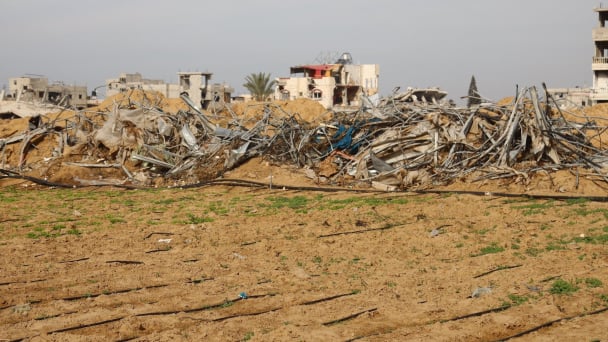
(VAN) Available cropland now at less than five percent, according to latest geospatial assessment from FAO and UNOSAT.
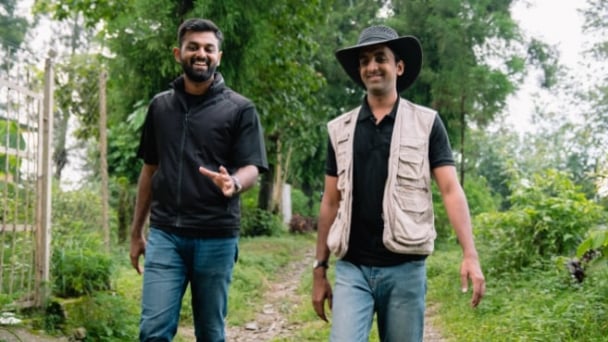
(VAN) Alt Carbon has raised $12 million in a seed round as it plans to scale its carbon dioxide removal work in the South Asian nation.
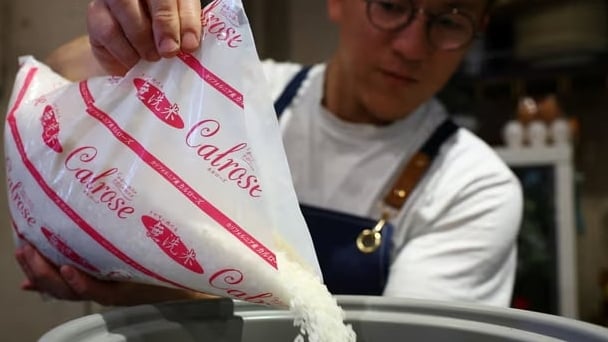
(VAN) Attempts to bring down the price of the Japanese staple have had little effect amid a cost-of-living crisis.